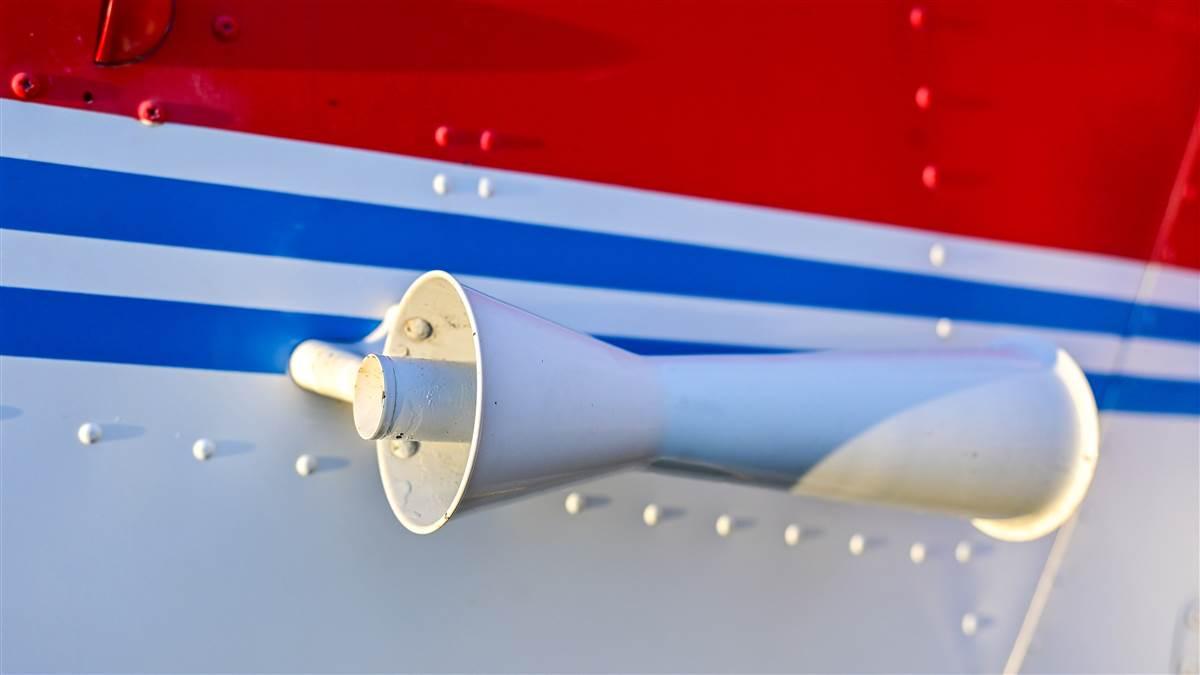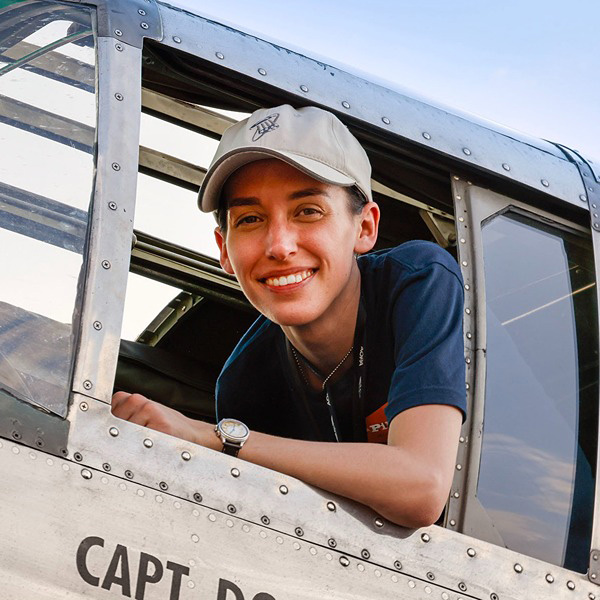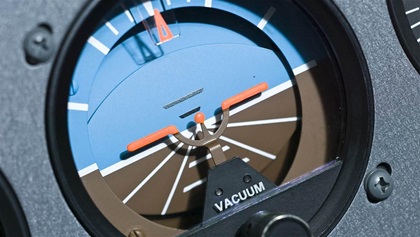Vintage venturi
Powering gyro instruments has come a long way
If you’ve been lucky enough to see an aircraft of the older generation lately, you may have noticed one or more funnel-shaped devices on the side of the fuselage.

Photography by David Tulis
This device is called a venturi and is one of the earlier methods of running gyroscopic instruments such as the turn-and-bank indicator, directional gyro, and artificial horizon. The venturi gets its name from the principle of physics it utilizes—the Venturi effect—derived from the Italian physicist Giovanni Battista Venturi, who first published his experiments in fluid mechanics in 1797.
The Venturi effect states that the velocity of a fluid increases when moving through a constricted area, and its static pressure will decrease. Since air is a fluid, when it passes through the venturi it is forced to move faster, which in turn creates low pressure that produces the necessary vacuum to run the gyroscopes. The low-pressure area in the venturi pulls air through the instruments, spinning the gyroscopes inside of them and exhausting the air out through the venturi. Venturis come in different sizes that can run one, two, or three gyro instruments. The smallest is called the 2-inch venturi, which does not indicate size but its vacuum-producing capacity: two inches of mercury.
The benefits of this system are that it is simple, cheap, and doesn’t need electricity, but it also has its drawbacks. Venturis are highly susceptible to icing, and since the aircraft must reach a certain speed to generate the right amount of vacuum—usually 100 mph at sea level—the gyros do not become fully operational until after takeoff and are very sensitive to changes in airspeed or air density.
To overcome these issues, aircraft were eventually equipped with vacuum pumps and/or electrically powered gyros, but the venturi can be kept for redundancy, convenience, or its value as a part of aerodynamic history.

 More options
More options